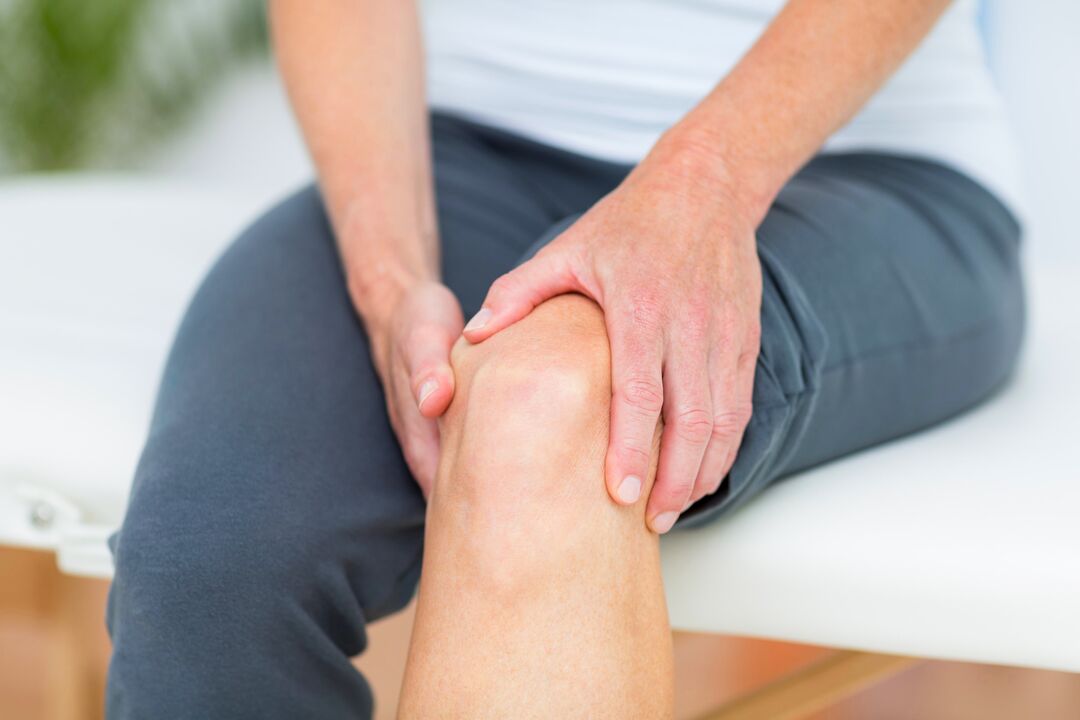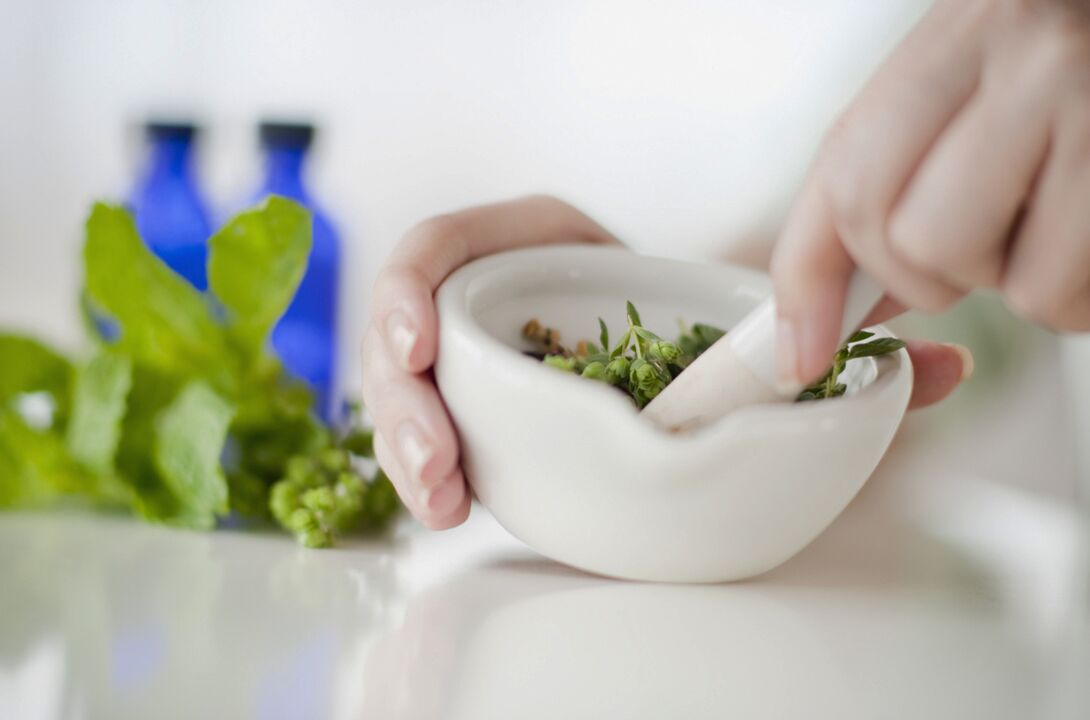Among the world's population, joint diseases occupy one of the first places. A large number of people experience pain in the joint tissue and cannot do physical work. It's no secret that significant changes occur in the joint apparatus with age. Often the damage is irreversible. Under no circumstances should this disease be allowed to spread. It is necessary to improve the symptoms of the disease with complex therapy and physiotherapy - in this case, the joints begin to work better, and the pain disappears.

In medicine, pain in the joint capsule is called "arthralgia". This disease reduces a person's ability to work and prevents them from doing housework at home. Arthralgia is a symptom of many joint diseases. Osteoarthritis, gout, rheumatoid arthritis, arthritis and trauma cause pain.
Arthralgia is associated with the inflammatory process. Often the pain is accompanied by swelling and redness of the skin. A person suffering from arthralgia feels relief only with complete rest. With joint disease, the limbs may become numb, and their movement is often hindered. How can you overcome this disease and make your joints fully functional and pain-free?
Drug treatment
Complex drug therapy comes down to the use of external ointments, tablets, antibiotics, and injections that relieve pain. Often, doctors prescribe chondroprotective drugs that improve the condition of the cartilage and restore the joint capsule.
The inflammatory process in the joints requires the use of agents that prevent the spread of disorders and degenerative changes in the subchondral tissue. Treatment of the disease depends on its nature. When there is swelling in the joint, the severity of the process can worsen the swelling of the joint structure. In this case, you need to undergo a full diagnosis to find out the cause of the pain.
Pain syndromes can cause metabolic disorders in ligaments and tendons. In such a situation, calcification accumulates. Violation of salt deposits leads to pain. Bone growth also causes excruciating pain. They make it difficult for the joint elements to slide and prevent them from functioning normally. As a result, the person loses his ability to work.
In the complex treatment of arthrosis and other joint diseases, the following are prescribed:
- Anti-inflammatory and analgesic drugs - drugs that relieve swelling, relieve pain, and improve the function of the joint capsule. Medicines are used topically - a small amount of the product is applied to the painful area 2-3 times a day.
- Antibiotics are used if the cause of arthralgia is infection. The product should not be used in treatment without a medical prescription. Antibiotics relieve inflammation in the joints, help fight tumors in rheumatoid arthritis, and prevent joint deformation.
- Cytostatics and steroid hormones are prescribed for autoimmune processes, acting at the site of inflammation and promoting recovery.
- Chondroprotectors - prescribed for polyarthritis, osteoarthritis.
- Intra-articular injection - hormonal anti-inflammatory drugs are injected into the joint cavity.
To eliminate joint pain, various painkillers and anti-inflammatory ointments are used. Medicines containing derivatives of phenylacetic acid have proven themselves well in therapy. The ointment is quickly absorbed, its components bind to blood proteins. Apply the ointment to the problem area 3-4 times a day. This medicine is used with caution in case of exacerbation of kidney disease. Transdermal patches are used to relieve joint pain. This medicine is contraindicated during pregnancy and breastfeeding.
Physiotherapy
For joint pain, treatment with electrophoresis is widespread. This physiotherapeutic technique allows you to eliminate the inflammatory process, pain, and increase joint mobility. Electrophoresis helps prevent the development of complications of the disease and eliminate pathology at an early stage. The method is gentle and does not have a negative effect on the human body. Electrophoresis is also called iontophoresis. The treatment method is based on the influence of direct current, which ensures the delivery of the necessary medicinal substances to the site of inflammation.
Treatment with electrophoresis has a vasodilating, relaxing, and analgesic effect. This method helps to solve the infiltration and collect the drug in the joint tissue. The main indications for electrophoresis are the following joint diseases:
- knee arthrosis;
- interphalangeal osteoarthritis;
- hip dysplasia;
- damage to elbows and shoulders;
- damage to the ankle joint.
Local administration of painkillers and anti-inflammatory drugs ensures rapid elimination of the inflammatory process and recovery. UHF exposure stimulates blood flow, improves blood microcirculation, and triggers the necessary recovery process in the joint capsule. The therapy provides excellent pain relief and in some cases fully restores the patient's ability to work. Low-intensity exposure to UHF devices helps eliminate free radicals. This technique is often combined with a vasodilator injection into the joint. Physiotherapy can increase the period of remission of arthritis.
Joint therapy should be comprehensive. Physiotherapy procedures also include UV irradiation, therapeutic baths, magnetic therapy and paraffin baths. Electrophoresis can be replaced by ultrasound. Under its action, drug ions are quickly delivered to the joint tissue. High frequency sound waves have a positive effect and increase metabolism in the joint apparatus.
Magnetotherapy is a physiotherapeutic method to treat joints based on the influence of vortex magnetic flow. Magnetic vortex flow:
- warms the joint tissue;
- increase blood and lymph flow in the joint apparatus;
- stabilize vascular tone;
- relieves inflammation;
- relieve pain.
Magnetotherapy has a good effect on the rheological properties of the blood mass. Physiotherapy procedures trigger the necessary recovery response in the sick person's body and improve metabolic processes. This method has a small number of contraindications. Physiotherapy should not be performed if there is a tumor, tuberculosis, epilepsy, or pregnancy.
Infrared laser therapy is a method that helps improve joint health. Physiotherapy procedures are usually carried out daily. Initially, their intensity was controlled by a medical professional. Lasers have a positive effect on the condition of the joint apparatus. This method is effective for diseases of the spine, cervical and lumbar region. The laser reduces the sensitivity of nerve roots, which helps reduce pain in the lower back, neck, and back.
For arthrosis, massage is also used. It helps warm the joint tissue and increase its blood supply. Various movements of kneading, stroking, rubbing are used. Massage stabilizes the tone of the blood vessels of the joint capsule, increasing the blood supply to the entire ligament apparatus.
The use of radon and hydrogen sulphide baths has a good effect on painful joints. The procedure helps relieve pain, increase blood supply to the joints, and trigger a regenerative response in the ailing body. During bathing, blood circulation in the joint apparatus is normalized.
Ozocerite therapy has become a new step in the treatment of joint pain. This method is based on the ozokerite effect. This petroleum product contains beneficial essential oils, mud and resins. These ingredients have a strong healing effect on diseased joint tissue. Ozokerite has a warming effect and is used in the form of application on diseased areas of the body. Physiotherapy is a treatment prescribed by the attending physician. It should be used in the complete elimination of joint diseases.
Traditional method
Traditional medicine and herbs are effective helpers in relieving joint pain. Traditional recipes help avoid surgical intervention and restore the health of diseased joints. There are several treatment options:

- Treatment with plants such as cinquefoil helps well. This herb perfectly relieves pain, restores cartilage and bone structure, and prevents salt deposition. Treatment using the dried root of the herb. Take a spoonful of raw material, pour boiling water and leave it in a water bath. Take the infusion three times a day after meals. The herb itself is also used in therapy. It is crushed, poured with 150 ml of alcohol and infused for three weeks. Colored diluted with drinking water before use. Take the product one tablespoon three times on an empty stomach.
- An ointment can be prepared from cinquefoil rhizomes to treat joints. To do this, crushed vegetable raw materials are seasoned with melted lard. The mixture is heated over a fire, stirring. The herbal medicine is heated for four hours, after which it is cooled. Store the ointment in the refrigerator. Before using on problem areas of the body, the product is slightly heated.
- Burdock root is also suitable for treating joint pain. They are harvested in the 2nd year of the plant's life. To prevent the roots from losing their bioactivity, they are not washed. Before use, the rhizomes are cleaned, crushed and boiled. The broth is covered and allowed to brew. Drink 1/3 cup of the product. It can also be used as a compress.
- A mixture based on lemon and celery helps remove harmful substances from diseased joints and initiate recovery. Lemon with zest should be scrolled in a meat grinder along with celery root and leaves. The mixture is infused for seven days, the cake is squeezed, and a little honey is added. The resulting product is stored in the refrigerator. This medicine is taken orally in one spoonful. The mixture cleans the joint well and regenerates its structural tissue.
- Wash the potatoes with the skin, cut the product into pieces, add water and cook for more than an hour. The decoction is filtered and taken three times a day on an empty stomach for about 2 weeks.
To improve the condition of joint tissue, it is useful for older people to eat bran. They remove toxins from the body, clean the lymph and blood. Bran porridge is eaten in the morning on an empty stomach. The course of taking the drug is at least 1 month. During this time, the joints are cleansed of harmful toxins and the movement improves.
A good remedy for treating joints is bay leaves. A decoction is prepared from this dried plant - take about 20 leaves, boil, infuse and take throughout the day. The product is distributed in several doses.
Golden mustache ointment effectively removes salt deposits and is used for arthritis and arthrosis. This product is prepared from plant juice, which is squeezed out of crushed plants. Baby cream or Vaseline added to vegetable juice. The product is applied to the problem part of the body 1-2 times a day. The mass can also be used as a compress. This product is used for gauze, applied to the sore spot, wrapped and left for about an hour.
Catering
Proper nutrition plays an important role in the treatment of arthritis. To improve the condition of cartilage tissue, it is useful to take jellied meat, aspic. This dish helps to restore synovial fluid and slow down the development of arthrosis. Jelly meat contains many useful substances, collagen and protein. They improve the composition of human cartilage and bone and restore the ligament apparatus. The substances contained in jelly meat prevent the thinning of cartilage and bones, their deformation and the development of the inflammatory process. Other dishes containing gelatin are also suitable for the treatment of joint diseases.
The source of collagen needed for joints is chicken cartilage. It contains useful protein compounds that increase collagen reserves in the human body. On an empty stomach in the morning you need to take a spoonful of ground chicken cartilage. The medicine can be washed down with orange nectar. Also, to improve joint function, they use this medicine - boil chicken knees for a long time. Drink chicken knee broth every day in small quantities. The broth is diluted with water.




























